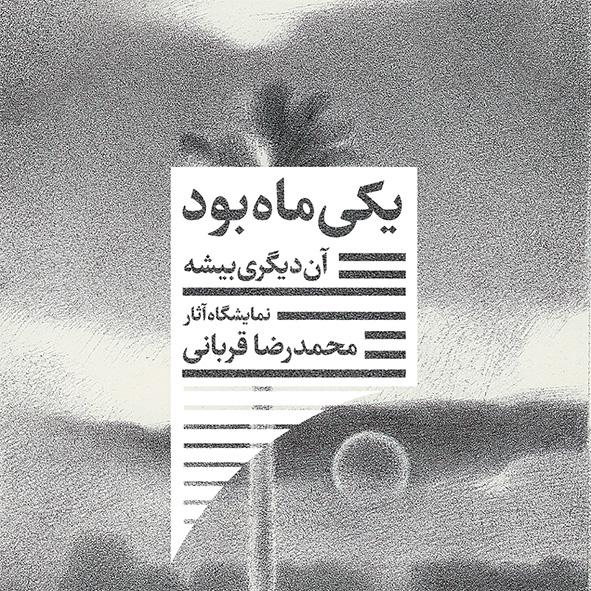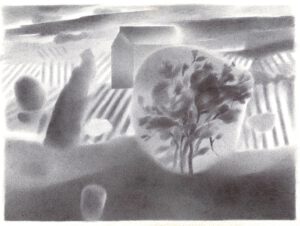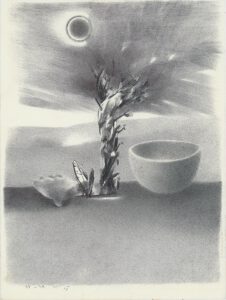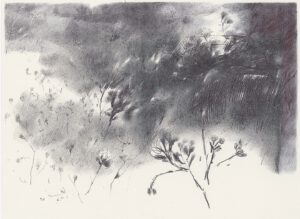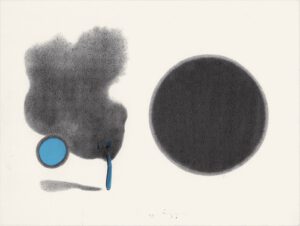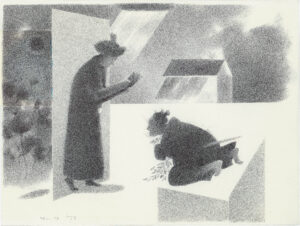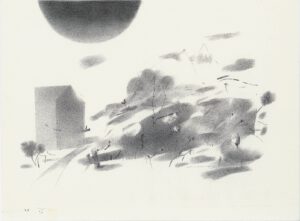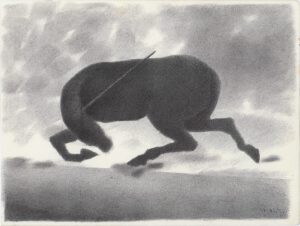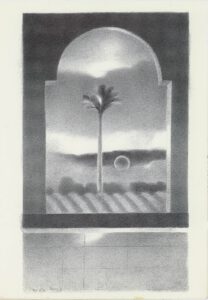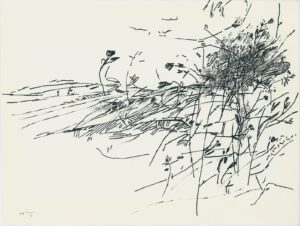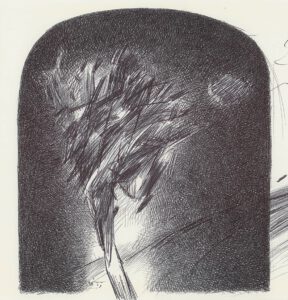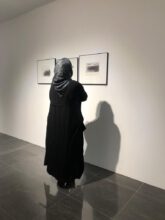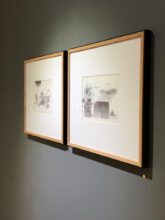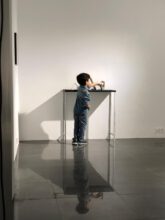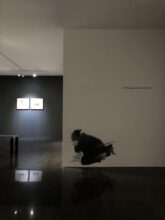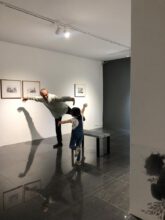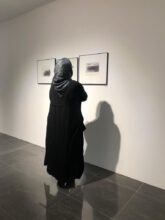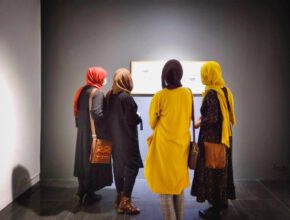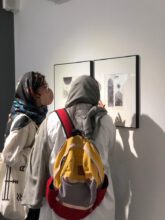Once was the Moon;
The Other was the grove
Mohammad reza Ghorbani
Paintings Exhibition
Opening:
19 Jun – 30 Jun 2020
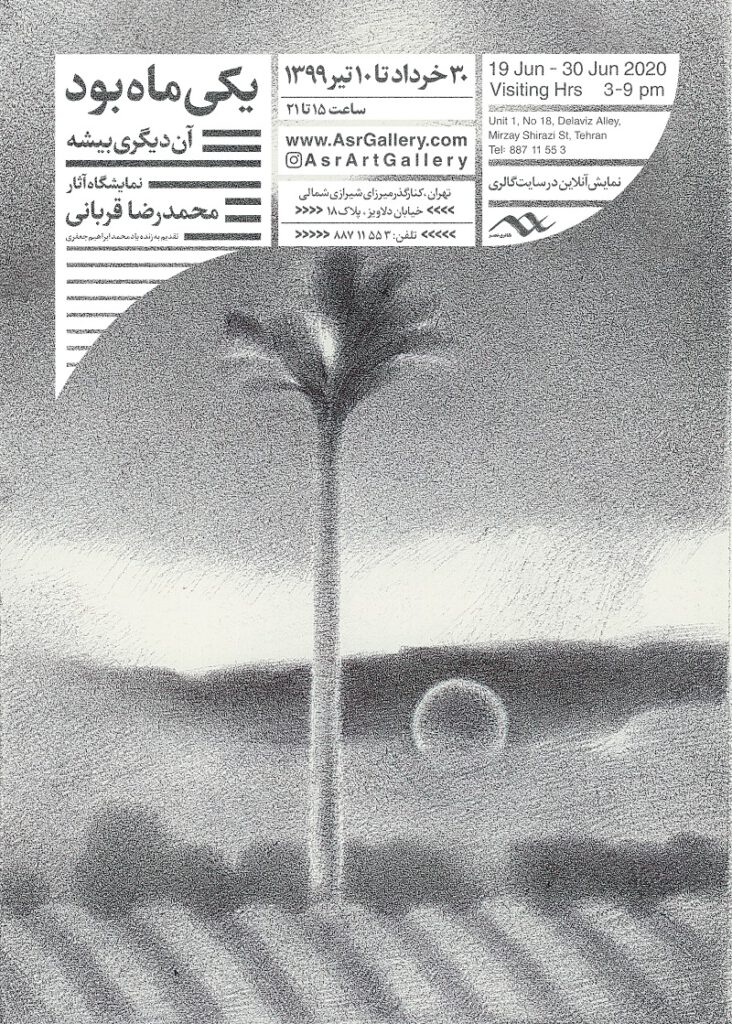
Statement
The collection of the moon and the forest in front of you is taken from my pictorial poems from 1996-99. My motivation has been to combine the dream with the outside world through travel in its general sense. What travel means to travel distance from one place to another, and what is the journey in the meanings, cultures and tastes, in the abstract sense of travel. The manifestation of these spatial and mental journeys in these works is a combination of form and abstraction.
The choice of concrete poetry format to express this journey has also been an attempt to achieve a language that can be used in silence, a personal expression of the journey between time and place, between the traditions of painting and writing (such as form and abstraction). Brought on paper.
Paintings are often like this, concise, explicit, clear, and engaging the audience from several perspectives. They have historical references and, without losing touch with their time, they relate to the ethnic memories of the audience. They perform without a doubt, and in their lower layers, they show the painter’s ability and knowledge so subcutaneously.
The works presented in this exhibition are written with a very handy, automatic device, the mistake of which is written without the slightest negligence. They are so strangely personal and, of course, skillfully performed that the device loses its identity in the mind of the audience.
Mohammad Reza Ghorbani can be considered as a structuralist and geometric painter.
The hidden geometry in his works creates a pleasing ethereal atmosphere that has the greatest impact on the audience as a result of the rigid web-shape relationship of the fluid.
In these works, in which the plant is the most important element shaping their subject, sometimes they rush to the light from the heart of darkness and sometimes they sink from the light text of the paper into the depths of darkness so that he, the painter, emphasizes some kind of dissimilar but also directional visual energy. Black, white and the steps between the two on the one hand and the painter’s pleasant stinginess in using color on the other hand seem to refer the audience to the most tangible unit of time, namely day and night, so that the painter grows his imaginary plants in the heart of these steps. The painter does not want to leave any traces to stay away from any accusation.
Therefore, it works as if no hand was involved in their formation. They are thought to have been born empty. However, the painter’s effort is a futile effort without him knowing that his works show his anonymity. This anonymity is a mysterious silence that is exactly the opposite of his behavioral characteristics.
Rezvan Sadeghzadeh

